QuestionI have a map turtle. He is about 6 inch (shell length), in a 75 gallon (long) tank, with 1/4 land, the rest water-about 3 to 4 inches deep. water temp is 85 in basking and 80 at other end. humidity 70% temp 85%-we ave a fluval 205 filter system. We did a complete tank cleaning 1 week ago, and every since, he has been "sad" seeming. not swimming much, stays in the corners of the tank, or on land. he is eating Reptomin pellets, but he seems very sleepy all day and night. we have a vet appointment Monday, but i am wondering if there is anything we can do to help him until then.
AnswerSetup sounds good...but you didn't say whether you had a UVB source. Diurnal reptiles need UVB lighting or he is going to have serious complications.
Water might be a bit warm though. Mid to high 70s should be average. Water temp too high will potentially lead to excessive parasite and microbial growth. Dry area basking temps can be above 85 however.
The turtle is not sad or sleepy. He is sick and/or under temperature ( according to your information he is not under temperature though ). Sometimes completely disturbing a reptile's habitat can result in stress and refusal to eat, especially for wild caught turtles. But, you say he is eating, so this is not the likely explanation. Sitting with eyes closed, inactivity, and loss of appetite are symptoms of illness in reptiles. If he also has labored, open-mouthed breathing or bubbling from the nose, this is another indication of illness.
This sounds like he was possibly exposed to a pathogen or acutely toxic exposure to a chemical substance since your tank cleaning immediately preceded this condition. If you used any harsh chemicals such as ammonia, bleach, or soaps, and did not completely rinse and dry the tank and decor, he could have chemical burns in the eyes or respiratory tract, internal poisoning, etc. Additionally, if you cleaned any porous tank decor with harsh chemicals, normal rinsing will not suffice to remove all the chemicals.
What I would recommend is to remove everything in the tank and start over by rinsing and drying completely. If you used any harsh chemical substances on anything porous, then do not put it back in the tank. Change your filter medium/cartridge, and flush your filter tubes or other parts with hot water. If you use gravel or other porous substrate such as this in the tank, discard it and replace. Do not clean. If you changed anything else about his setup, or added anything new, then remove it and revert to your original setup until problem is identified.
Give your turtle a warm water bath in the tub or another container while his tank is being rinsed again. Irrigate his eyes with saline. Do a physical exam to check for any loose scutes, raw areas of skin, swollen areas around the head and neck, discoloration or damage to the skin or shell.
Refill the tank with distilled, filtered, or dechlorinated water. Not tap water. Once this is done and he is back in the clean tank, add a sulfa ( ex: trimeth-sulfa ) based antimicrobial medication to the water. These are available at pet stores as a turtle shaped block of sulfa, or in the fish section as dissolving capsules. This will help take care of any harmful bacteria or protozoans that might be proliferating in the tank environment.
Other than that, just keep his water and basking temps in normal range, get a UVB lamp if you don't have one already, and feed him what he will eat. If he gets worse off, then do not force feed him unless it is through a feeding catheter and syringe, on a liquid diet.
Another note about your visit to the vet: do not allow the vet to administer any vitamin A injection without a serum retinol test first. This is a common knee jerk injection that vets like to perform, but in most cases it is unnecessary and potentially harmful.
http://www.freewebs.com/wichitafallsreptilerescue

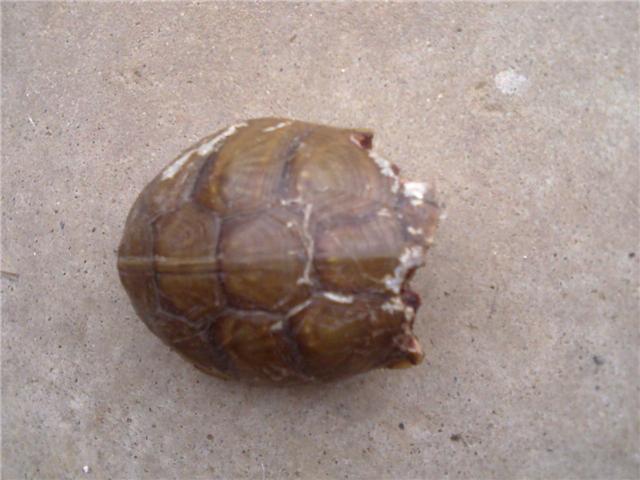 Box turtle-shell chewed up by dogs. Please help!
Question
Box Turle
My boyfriend just rescued a box turt
Box turtle-shell chewed up by dogs. Please help!
Question
Box Turle
My boyfriend just rescued a box turt
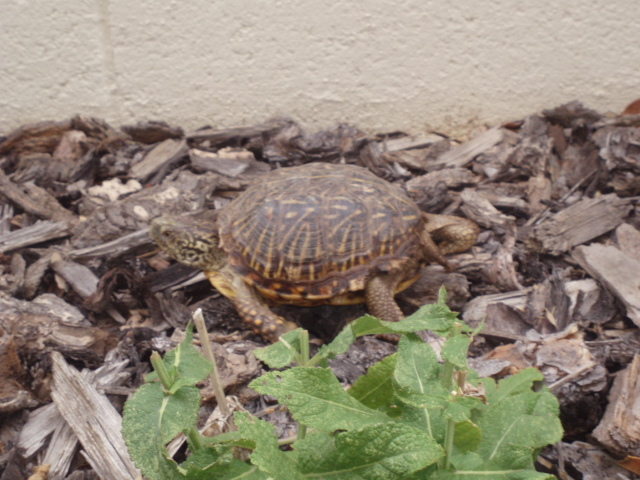 female ornate
Question
George (we thought she
Jeannie- We found a fem
female ornate
Question
George (we thought she
Jeannie- We found a fem
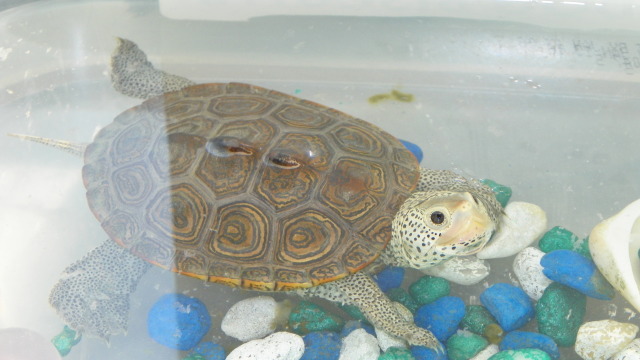 What species of turtle is this?
QuestionOur turtle
QUESTION: We found this littl
What species of turtle is this?
QuestionOur turtle
QUESTION: We found this littl
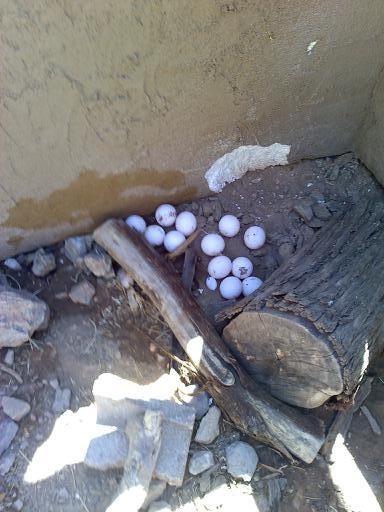 tortoise laid eggs on the ground
Question
6-4-10
I have a 9 year old, approx 17, healthy
tortoise laid eggs on the ground
Question
6-4-10
I have a 9 year old, approx 17, healthy
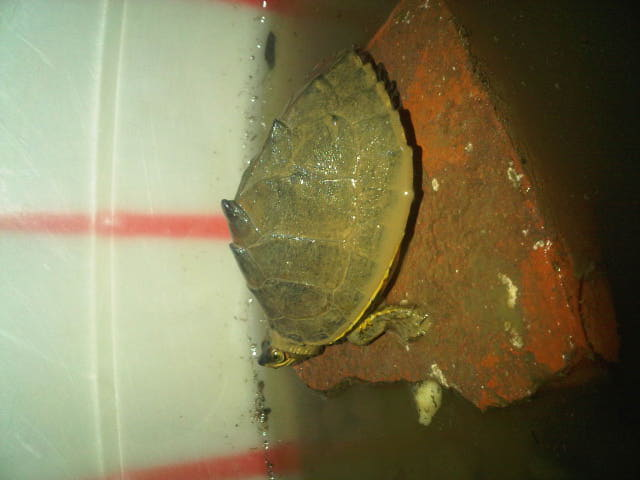 q.
Question
Sir I want to know about this t
q.
Question
Sir I want to know about this t